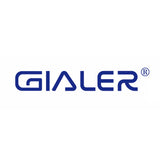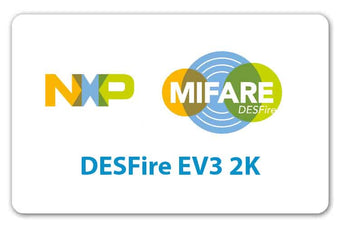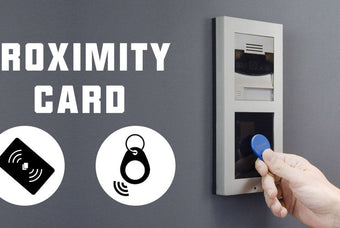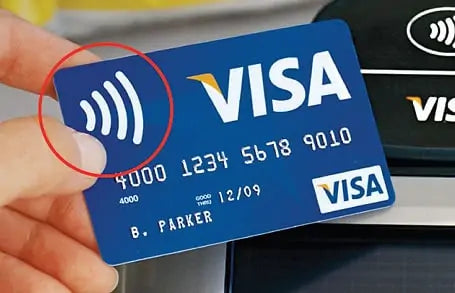EMV is a payment method based on a technical standard for smart payment cards and for payment terminals and automated teller machines which can accept them. EMV stands for "Europay, Mastercard, and Visa", the three companies that created the standard.
RFID, or radio frequency identification, is a technology that uses electromagnetic fields to transfer data and uniquely identify an object. It can be used in numerous industries, including retail and transportation.

These two technologies may be used together in contactless payment cards, where the EMV chip stores account information and the RFID transmits it to a payment terminal. However, they serve different purposes in overall transaction security and are not necessarily interchangeable. Here is a detailed guide:
What is EMV?
EMV technology, also known as “chip cards” or “smart cards,” utilizes embedded microprocessors to enhance the security of payment transactions. These microchips store and protect cardholder data, making it virtually impossible for fraudsters to access and use stolen information.
When an EMV card is inserted into a chip-enabled terminal or tapped on a contactless reader, the chip creates a unique transaction code that cannot be used again. This added layer of security significantly reduces counterfeit fraud compared to traditional magnetic strip cards.
In addition to enhanced security, EMV technology also offers convenience for international travelers. EMV chips are accepted in more than 130 countries worldwide.
EMV technology is not without its challenges, however. The transition to EMV has required merchants to upgrade their point-of-sale systems and card issuers to reissue cards with chip technology. Despite these challenges, the long-term benefits of EMV make it a worthwhile investment for both businesses and consumers.
What is RFID/NFC Card
RFID (radio frequency identification) and NFC (near-field communication) are technologies that use radio waves to communicate between a transmitter and receiver, typically to identify and track objects.
NFC is a subset of RFID that allows for two-way communication and is often used in mobile payments or data exchange between devices. It uses high-frequency (13.56 MHz) radio waves and typically has a range of just a few inches.
NFC is particularly useful in retail settings, where it can be used for contactless payments through mobile devices. In this case, the HF/ NFC RFID inlay acts as a proxy for the credit card information stored on the device.
Whenever RFID or NFC tags pass by a reader, they transmit their unique identifier information, allowing payment processing. However, they incorporate security measures, such as tokenization, to ensure that only authorized transactions can take place.
EMV vs. RFID – What is the Difference?
While RFID technology can be used for contactless payment processing, it is not the same as EMV (Europay, Mastercard, and Visa) technology. EMV technology refers specifically to chip-based credit and debit cards that process payments using dynamic authentication.
EMV is a direct replacement for magnetic stripe cards, and it offers improved security through the use of encrypted data. Additionally, these cards are not swiped but rather dipped into a card reader, which further increases security.
On the other hand, NFC/RFID technology is 100% contactless. It does not require direct contact with a card reader. For example, a customer using NFC to make a payment can simply hold their device near the reader, without having to physically hand over their card or phone.
This exceptional convenience, combined with enhanced security measures, has made NFC/RFID technology a popular choice for contactless payments. It can also be used for other tasks such as tracking inventory in retail settings or access control for buildings and events.
While EMV and RFID/NFC technology both have their advantages and are often used together in payment processing, they serve different purposes and should not be confused to be the same thing.
Benefits of NFC Over EMV
While these technologies are brilliant, they are not without their drawbacks. Here are some advantages of using RFID/NFC over EMV:
- Enhanced Convenience. The contactless aspect of NFC allows for a seamless and quick payment experience. This can greatly improve the customer experience, as they do not have to physically hand over their card or phone to complete the transaction.
- Improved Security. When used in conjunction with other security measures such as tokenization, NFC can provide an additional layer of protection against fraud and unauthorized transactions.
- Versatility. NFC can be used for a variety of purposes beyond payment processing, such as access control and inventory tracking. EMV technology is primarily limited to payment processing.
However, it is critical to note that both EMV and NFC/RFID offer improved security over traditional magnetic stripe cards. As such, businesses need to stay up to date with the latest technology to provide their customers with secure and convenient payment options.
What are the Disadvantages of NFC over EMV?
There are a few potential disadvantages to using NFC/RFID over EMV.
- Cost. NFC technology can be more expensive for businesses to implement, as they may need to upgrade their card readers and point-of-sale systems. Additionally, installing the readers, software, and training employees can add to the cost.
- Susceptibility to Skimming. While NFC technology includes security measures to prevent unauthorized transactions, there is still the risk of skimming – where a thief steals information from an RFID chip using a special device. EMV chips are less susceptible to skimming because they require direct contact with the card reader.
- Limited Availability. NFC technology is not as widely accepted as EMV, meaning that customers may not always be able to use it for their payments. EMV is more widely adopted and accepted at a larger number of establishments.
Fortunately, the uptake of RFID/NFC technology is increasing, making it more accessible for both businesses and consumers. You must weigh the benefits and disadvantages before implementing NFC/RFID/ EMV technology for your business.
Additionally, customers can use RFID blocking wallets/cardholders to protect their information from skimming. Businesses should also stay up to date on the latest security measures and updates to prevent unauthorized transactions and protect customer information.
EMV vs RFID – Which one is Better?
There is no one answer to this question as both EMV and NFC/RFID technology have their strengths and drawbacks. It ultimately depends on the specific needs and preferences of the business and customer.
In some cases, using both technologies together can provide the most secure and convenient experience for all parties involved. It offers diversity in payment options and can cater to a larger audience.
However, businesses should carefully consider the cost and effort involved in implementing both technologies before making a decision. Overall, staying informed and up to date with the latest advancements in payment technology is crucial for ensuring secure transactions and satisfied customers.









